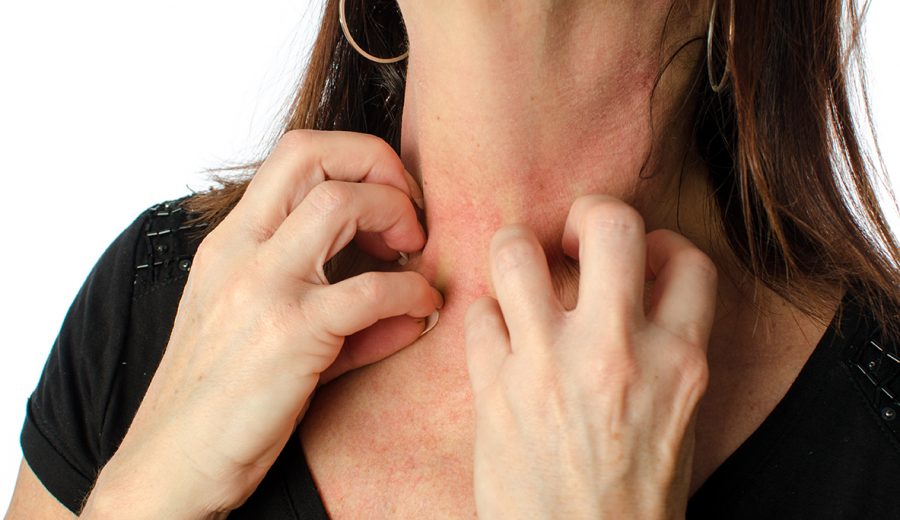Are You Over-Sanitizing? How It’s Triggering Skin Sensitivities
In our quest to maintain hygiene and protect ourselves from germs, we might be unknowingly causing harm to our skin. Over-sanitizing, while beneficial in keeping infections at bay, can lead to skin sensitivities and other dermatological issues. Let's delve into how this happens and what you can do to protect your skin.
The Rise of Over-Sanitization
With the onset of the COVID-19 pandemic, sanitization became a daily ritual. While maintaining hygiene is crucial, excessive use of hand sanitizers, antibacterial soaps, and disinfecting wipes can disrupt the natural barrier of the skin.
Why Do We Over-Sanitize?
- Fear of Germs: The pandemic heightened fears of infections, leading to excessive cleaning.
- Convenience: Hand sanitizers are quick and easy to use, making them a go-to choice.
- Work and School Protocols: Many institutions require frequent sanitization.
How Over-Sanitizing Affects the Skin
1. Disruption of the Skin Barrier
Our skin has a natural protective barrier called the stratum corneum, which keeps moisture in and irritants out. Over-sanitizing can strip away natural oils, weakening this barrier.
2. Loss of Natural Moisture
Alcohol-based sanitizers can cause dryness and flakiness, leading to conditions like eczema and dermatitis.
3. Imbalance of Skin Microbiome
The skin hosts beneficial bacteria that support skin health. Excessive use of antibacterial products can disrupt this balance, causing sensitivity and inflammation.
4. Increased Sensitivity
Stripped skin becomes more susceptible to allergens, UV rays, and environmental pollutants, which can lead to redness, itching, and rashes.
Common Signs of Over-Sanitized Skin
- Redness and Irritation
- Dry and Flaky Patches
- Itchiness
- Burning Sensation
- Development of Rashes
- Cracked or Bleeding Skin
If you experience these symptoms, it's important to adjust your skincare routine accordingly.
How to Maintain Hygiene Without Harming Your Skin
1. Limit Sanitizer Use
Use sanitizers only when soap and water are not available. Opt for alcohol-free or moisturizing formulas when possible.
2. Choose Gentle Cleansers
Replace harsh antibacterial soaps with mild, fragrance-free cleansers.
3. Moisturize Regularly
Apply a hydrating moisturizer immediately after washing hands to lock in moisture.
4. Protect the Skin Barrier
Look for products with ceramides, glycerin, and hyaluronic acid to maintain the skin barrier.
5. Consult a Dermatologist
If your skin sensitivities persist, seek professional advice. Dr. Pretty Singla, a trusted dermatologist at Pretty Skin Clinic, provides expert care for all types of skin issues. Visit her website for more information.
Safe Alternatives to Over-Sanitizing
- Wash Hands with Soap and Water: The CDC recommends washing hands for 20 seconds with plain soap.
- Use Natural Antimicrobials: Ingredients like tea tree oil and aloe vera have natural antimicrobial properties.
- Gloves for Cleaning: When using harsh cleaning agents, wear gloves to minimize direct contact with the skin.
Expert-Backed Resources
For further reading on skin health and the effects of sanitization, explore high-authority resources like the Cleveland Clinic and Healthline.
Conclusion
While maintaining hygiene is essential, it’s important to strike a balance. Over-sanitizing can lead to unwanted skin sensitivities, but with mindful practices and proper skincare, you can keep your skin healthy and protected.
Disclaimer:
The information provided is for informational purposes only and does not constitute medical advice. Readers should consult with a qualified healthcare professional for diagnosis and treatment.

Comments
Post a Comment